
Every trip to the grocery store feels routine, but behind the shelves, a different game is being played. Store layouts influence movement, pricing tricks distort savings, and marketing strategies push shoppers toward unplanned purchases. Most never notice these tactics at work. Once you do, shopping will never feel the same.
Store Layouts That Make You Spend More
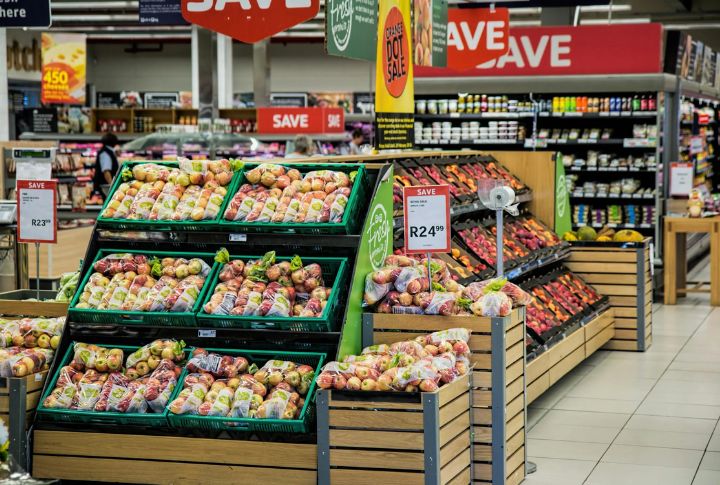
Ever wonder why the basics seem so far from the entrance? That’s no accident. Supermarkets design layouts to lead shoppers through sections filled with tempting extras before reaching essentials. The longer you browse, the higher the chances of picking up things you didn’t plan to buy.
Offering Items With A Longer Shelf Life
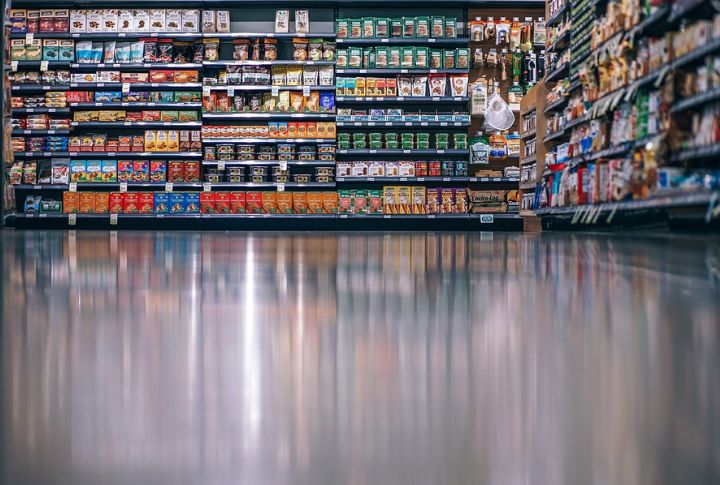
American supermarkets focus on efficiency, favoring pre-packaged items that last longer over freshly made alternatives. Unlike in France, where bakeries produce fresh bread throughout the day, U.S. grocery stores emphasize convenience. Longer shelf life means fewer restocks and reduced waste, making packaged goods a dominant choice in the aisles.
Why Do Stores Create Fake Shortages?
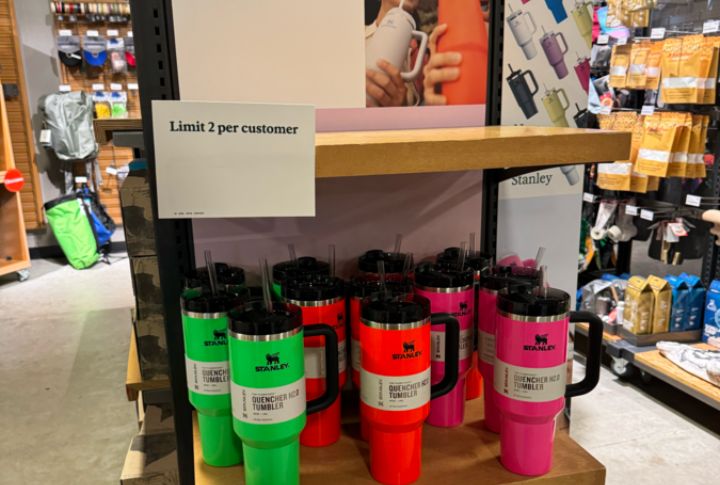
Purchase limits are not always about availability—they are a psychological tactic. When stores set low limits, customers assume the stock will run out and buy more. This method is not new but became more apparent in 2020. What is the best way to counter it? Ask yourself whether a company will ever deliberately market a true shortage.
Mystery Of Shrinking Packages

A shopper grabs a familiar cereal box, unaware that it holds fewer ounces than last year. Shrinkflation strikes again—same price, less product. A frustrating realization mid-breakfast leads to an online rant, only to discover that even toilet paper rolls have lost their width. Yes, American shoppers pay more for less without even noticing.
Illusion Of ‘Buy One, Get One Free’
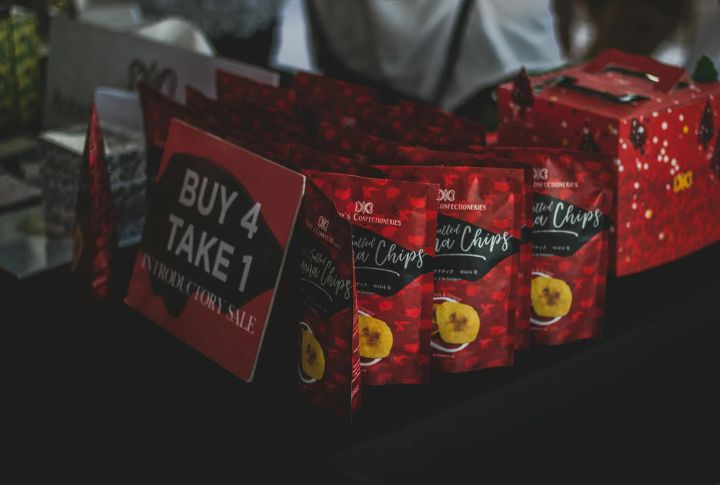
BOGO deals feel like savings but often hide price inflation. Some stores quietly raise single-item costs before launching these promotions. The only way to avoid getting tricked is to check the price history or calculate unit pricing. Because buying two of something you don’t need isn’t a deal—it’s just good advertisement disguised as generosity.
Interactive Sampling Zones
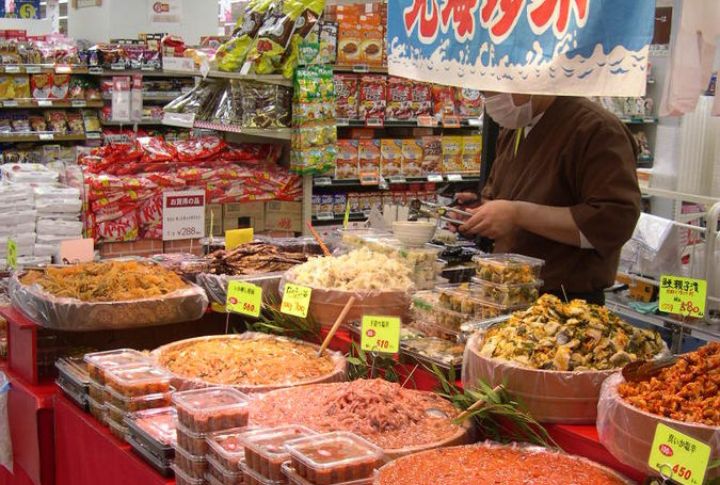
Picture this: You come across a demo station that offers free samples of a new gourmet dip. These engaging little hubs turn a mundane shopping trip into a mini food festival. It’s nothing but flashy marketing that sparks curiosity and subtly guides you toward products you never planned to buy.
Holiday Season Takeover
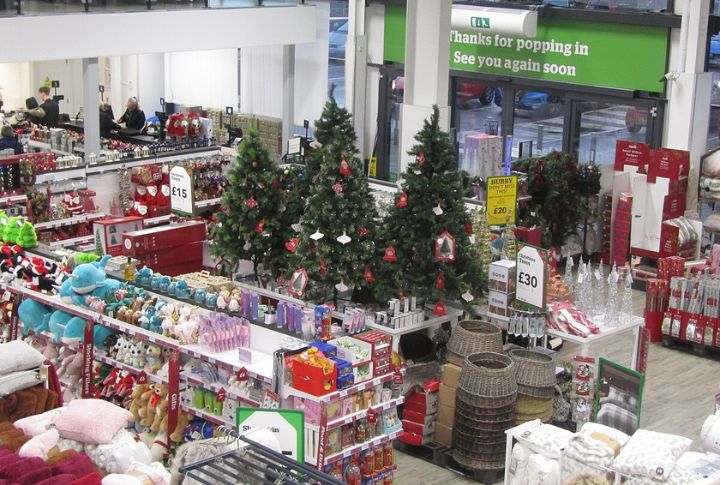
Fall barely begins before stores overflow with pumpkin spice everything. A shopper goes in for milk and leaves with pumpkin candles, cereal, and cookies. Seasonal product saturation is no accident but rather a calculated move to trigger nostalgia and urgency. Plus, a short shelf life makes these products feel exclusive.
U.S. Sensory Sales Tactic
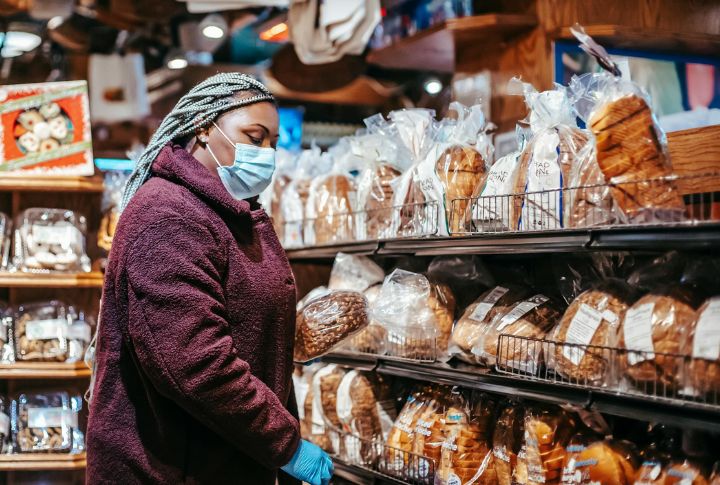
Walk into a U.S. grocery store, and the aroma of freshly baked cookies or sizzling rotisserie chicken surrounds you. Sure, it feels welcoming, but behind the scenes, every move is intentional. Retailers use enticing scents and background music to create an immersive experience that encourages impulse buys and extended browsing.
Checkout Lines That Manipulate Time Perception
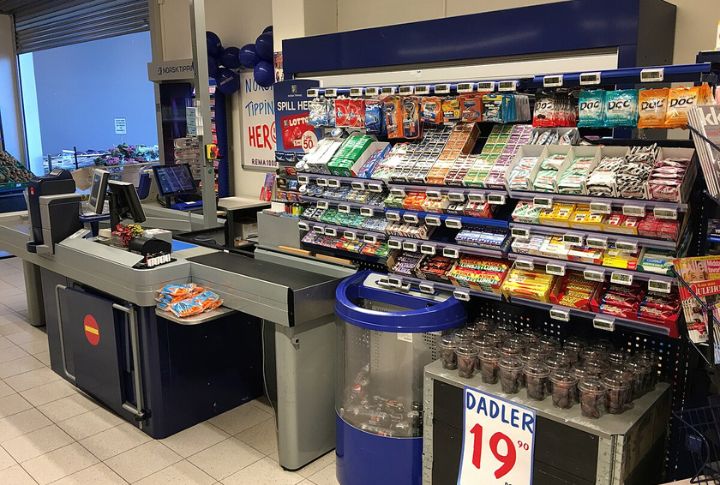
Checkout lines aren’t just for making payments. Ever wonder why candy, magazines, and mini gadgets sit right there? Supermarkets design checkout areas to maximize spending, recognizing that delays influence decision-making. The slower the line, the more time you have to grab something extra—just as they planned.
Myth Busting: Loyalty Cards Don’t Help You Save
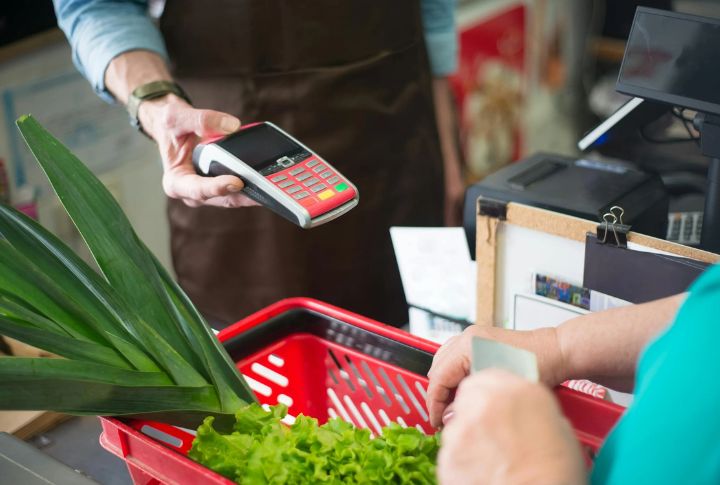
Shoppers scan loyalty cards, hoping for real savings, but the discounts aren’t always what they seem. Some stores raise prices before lowering them to make deals look better. More than just promotions, these also track spending habits to influence future pricing. Try to check past prices to see whether it is a real bargain.
Leave a comment